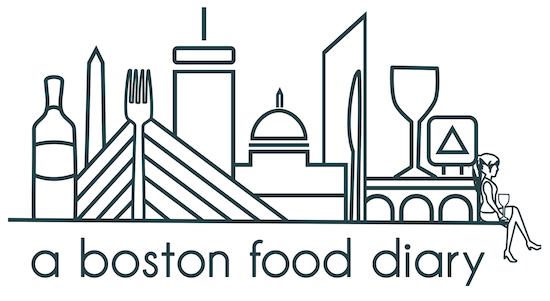It is virtually impossible to listen to a wine discussion without hearing the words - "well balanced". Every time you order a glass or a bottle at a restaurant the server always ends their description with "it's really well balanced", or even better- wine stores have an incredible habit of underlining the words multiple times on their description cards. Honestly, more than any other wine term, I find that that phrase is the used the most, and somewhat haphazardly. Based on how frequently we hear it, you might assume that it is the paramount facet of what makes wine great.
Here's the thing- balance really just refers to how all of the other facets of the wine are working together. If you've ever been in a wine discussion with me- I often comment that it really just means that all the kids are in the pool playing nicely with each other.
We've spoken about sweetness, body, acidity, tannins and flavor. When you're examining body- ask yourself - is anything WAY out in left field? Is the body off the charts but body the sweetness, body and flavors don't match up? Are the tannins crazy expressive but everything else playing back up?
Now here's the thing- a balanced wine doesn't necessarily mean its a GOOD wine. I'll say that again- balance DOES NOT indicate good quality. Let's take a look at the Nebbiolo grape for our example. Nebbiolo is the grape found in Barbaresco, Barolo and Langhe wines. Now these are some of the absolute best wines in the world. A good vintage can often age for 20 - 30 (and beyond!) years. Here's the thing though- a young Nebbiolo can be abrasive and tough to drink. The tannins are off the charts- and though usually there's wonderful flavor and fine acidity and body- those tannins make it unbalanced. However- let them age and everything comes into play and all is right with the world.
Sometimes an unbalanced wine just needs time. Sometimes however it is a poorly made wine. Sometimes a balanced wine means that the winemaker manipulated their wine with sugar or other additives to make it that way.
As you get more comfortable with different varietals and how they perform in your glass it will become much easier to tell the good from the bad based on balance. Rule of thumb for now- if you trust your server or your wine store- you can trust their recommendations.
Here's the thing- balance really just refers to how all of the other facets of the wine are working together. If you've ever been in a wine discussion with me- I often comment that it really just means that all the kids are in the pool playing nicely with each other.
We've spoken about sweetness, body, acidity, tannins and flavor. When you're examining body- ask yourself - is anything WAY out in left field? Is the body off the charts but body the sweetness, body and flavors don't match up? Are the tannins crazy expressive but everything else playing back up?
Now here's the thing- a balanced wine doesn't necessarily mean its a GOOD wine. I'll say that again- balance DOES NOT indicate good quality. Let's take a look at the Nebbiolo grape for our example. Nebbiolo is the grape found in Barbaresco, Barolo and Langhe wines. Now these are some of the absolute best wines in the world. A good vintage can often age for 20 - 30 (and beyond!) years. Here's the thing though- a young Nebbiolo can be abrasive and tough to drink. The tannins are off the charts- and though usually there's wonderful flavor and fine acidity and body- those tannins make it unbalanced. However- let them age and everything comes into play and all is right with the world.
Sometimes an unbalanced wine just needs time. Sometimes however it is a poorly made wine. Sometimes a balanced wine means that the winemaker manipulated their wine with sugar or other additives to make it that way.
As you get more comfortable with different varietals and how they perform in your glass it will become much easier to tell the good from the bad based on balance. Rule of thumb for now- if you trust your server or your wine store- you can trust their recommendations.


